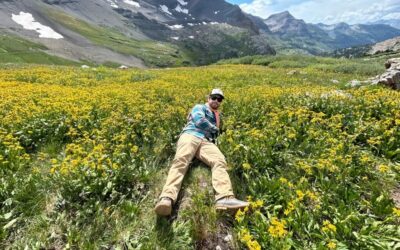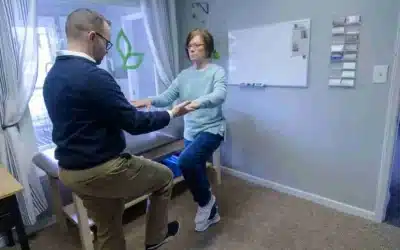As we age, maintaining an active lifestyle becomes increasingly crucial for our overall health and well-being. While the thought of exercise may conjure images of crowded gyms or monotonous indoor...
Origin Rehab
Enjoy a Back Pain Free Spring Season
As the weather warms up and spring blooms around us, many of us eagerly head outdoors to tend to our gardens and tackle our yard work. However, for some, the...
Fast Tests for Predicting Fall Risk in Older Adults
Falls in older adults are a problem. A big problem. According to the latest estimates, 1 in 4 Americans over the age of 65 will fall this year because of their age alone. The likelihood increases to...
Preventing Back Injury in Caregivers: How to Help Getting Out of a Chair
You are a caregiver, a giver of care. You are a member of a community who intentionally sets their needs aside to address the needs of others. This is a noble calling. However, I’m going to keep the...
Preventing Falls in the Elderly and 65+ Adult Population
With recent celebrity deaths linked to falling, we wanted to highlight the risks and dangers of falling in senior adults. Even more important, we wanted to help you move beyond being afraid of...
The Origin of Origin
We are well under way on our journey and thought many of our readers would enjoy hearing the origin of Origin Rehab. We believe that we are adding something special to our Mint-Hill, Matthews and...
Request An Appointment
Please fill out this form and
we will contact you about scheduling.




